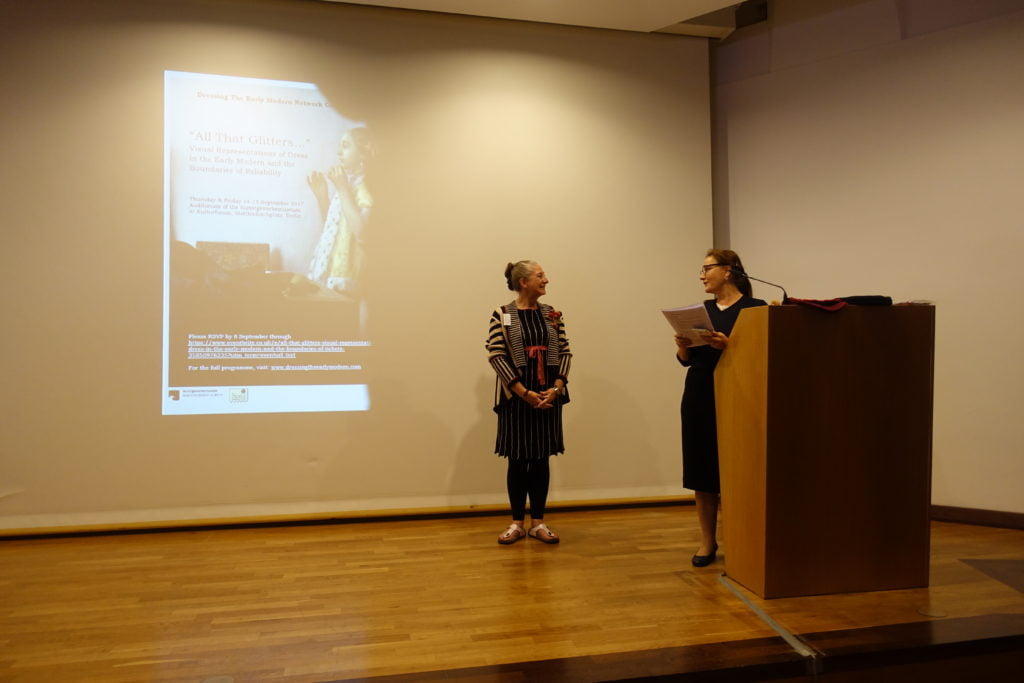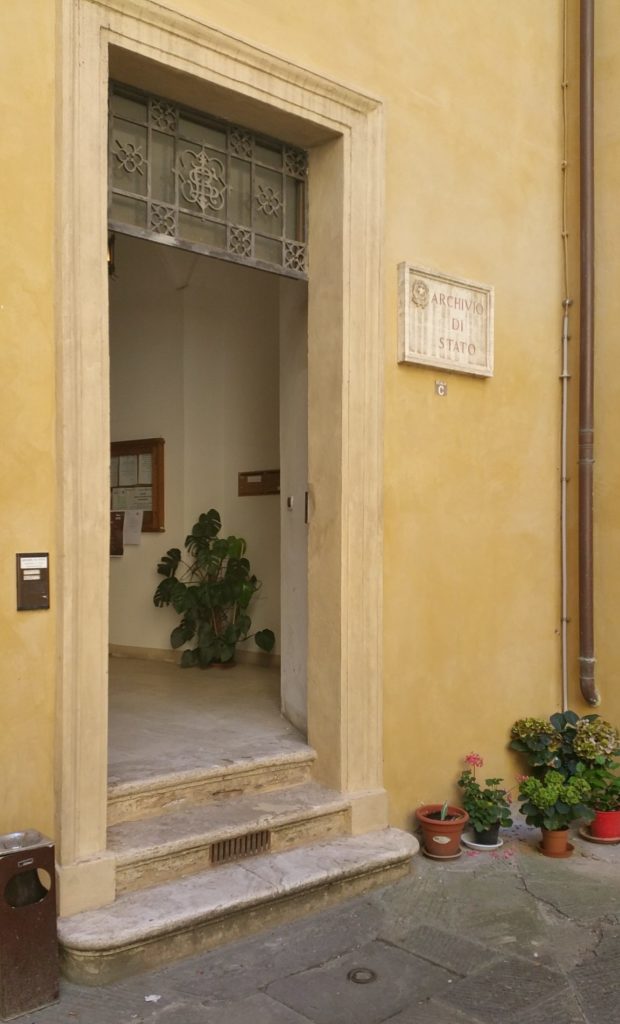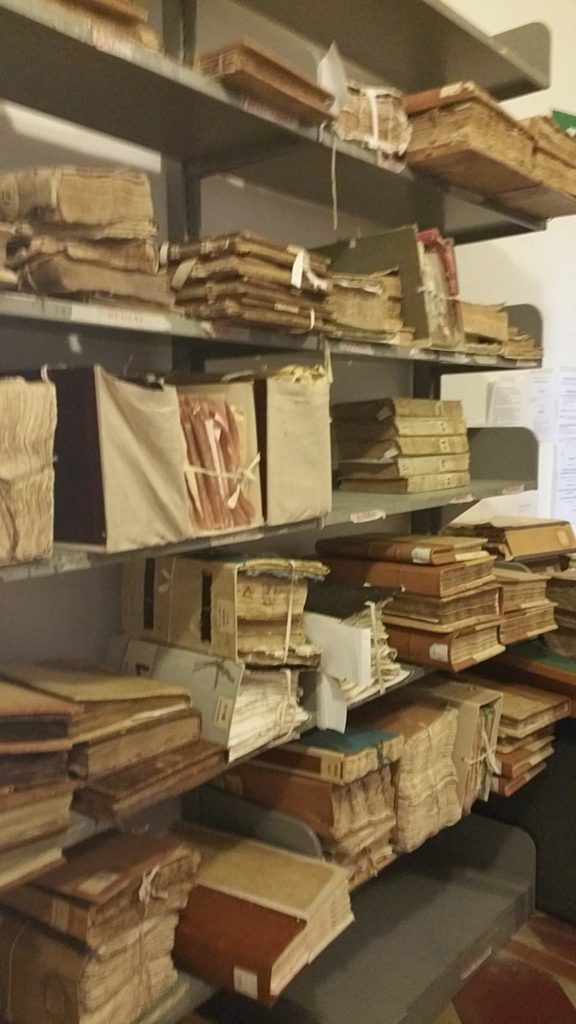Apply to Postdoctoral Researcher Position in Our Project
Postdoctoral Researcher
The position is fixed-term and will be filled for 3 years. The starting date is 1st January 2018, or negotiable.
Job responsibilities
The Postdoctoral Researcher will work within the ERC funded research project Refashioning the Renaissance: Popular Groups, Fashion and the Material and Cultural Significance of Clothing in Europe, 1550-1650, led by Professor Paula Hohti (PI). This project studies the meanings and dissemination of western fashion in early modern Europe, especially at the lower social levels, and develops new material-based experimental and scientific research methods in dress history.
The team will consist of a Research fellow, Postdoctoral researcher, a Doctoral researcher, a Research assistant and a Project administrator, who will collectively work towards the Refashioning the Renaissance project’s research goals. The Postdoctoral Researcher’s task is to design and carry out the project’s research on early modern Italian dress and fashion (1550-1650), focusing on printed and archival information of dress, textiles, appearance, body and beauty. In addition, the Postdoctoral researcher is expected to participate in the project’s experimental work and teaching and training activities, as well as to organize workshops and seminars and publish articles both independently and in collaboration with other team members. The main duties of the Postdoctoral Researcher include:
- To identify and record relevant printed information of dress in European archives and libraries
- To carry out archival work in Italian archives
- To design methods for historical reconstruction
- To create a dataset for the project’s database and publish at least three articles
- Teaching and other assisting work related to the project’s research activities
Requirements
Qualified candidates for the Postdoctoral Researcher’s position hold a PhD degree in early modern history or in a related field. In addition, the successful candidates should have
- Fluent skills in English and Italian language
- Previous experience of archival work
- Excellent research skills
- Good communication skills and the ability to work in a team
The Postdoctoral Researcher’s position involves several research trips in Europe, and approximately 10% of the working time should be spent at Aalto University, Finland.
Salary
3500€ per month. In addition, the position includes an allowance towards research travel, conferences, training and publication costs. Aalto University follows the salary system of Finnish universities.
How to apply
To apply for the position, please submit your application containing
- Motivation letter (1 page)
- Research proposal (2 pages)
- CV (2 pages)
- List of publications (2 pages)
- Sample of writing
The applications for the Postdoctoral researcher position are to be submitted through the Aalto University eRecruitment system no later than on 20 October, 2017.
Aalto University reserves the right for justified reasons to leave the position open, to extend the application period and to consider candidates who have not submitted applications during the application period.
For more information
For additional information, please contact Professor Paula Hohti, paula.hohti@aalto.fi or in recruitment process related questions HR-coordinator Elina Säkki-Anttila elina.sakki@aalto.fi.






